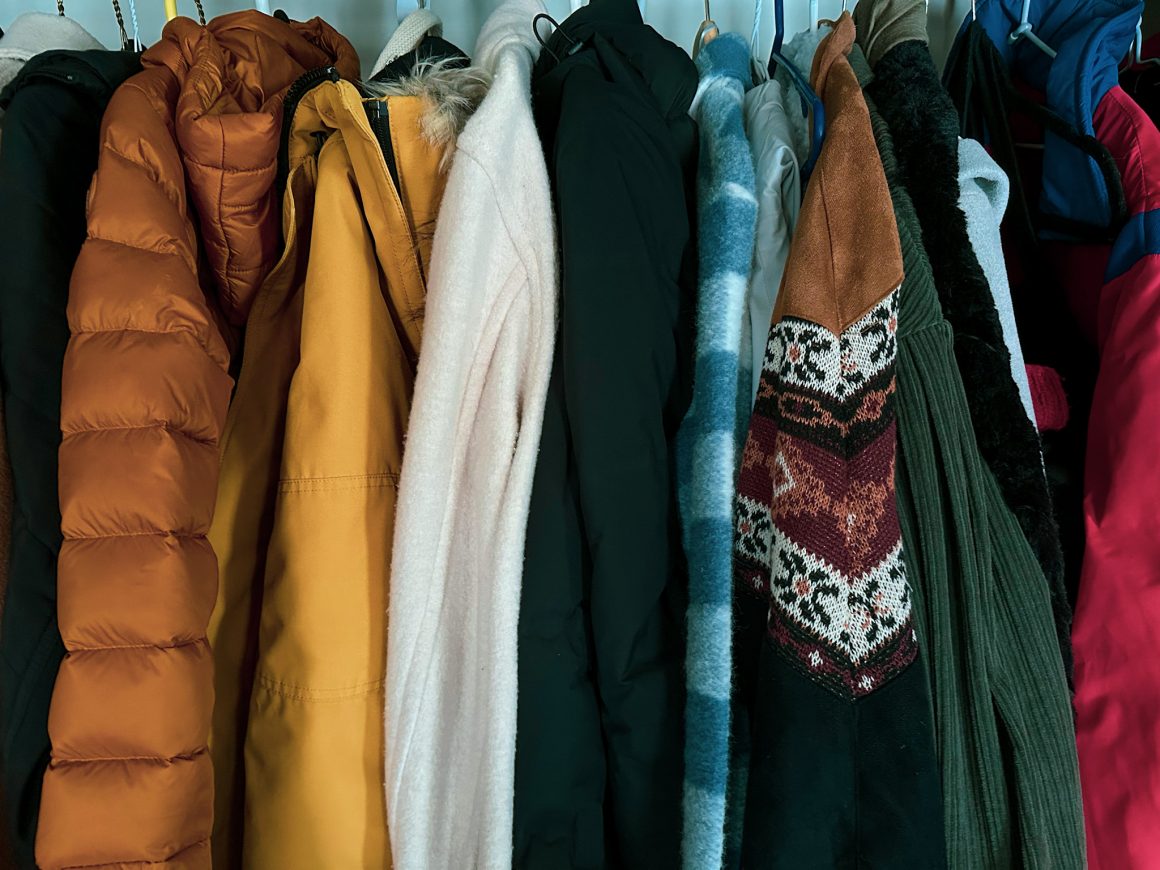
How to thrift from a professional thrifter
By Namratha Badawadagi, March 15 2023—
Thrifting has been steadily gaining a popular following over the recent years. While the practice of repurposing clothes has always existed, recently we’ve seen it discussed and even celebrated publicly, with “Thrift with me” style YouTube videos and TikTok hauls accumulating thousands of views.
With the increasing rates of inflation and more public awareness about the ethical dangers of fast fashion, it’s no wonder that more and more consumers are looking to shop second-hand. If you’re a beginner to the second-hand clothing market or even a seasoned thrifter looking to refresh the basics, here’s a list of things to keep in mind before you start shopping.
Create a wishlist
Now’s the time to search through your closet and do an inventory of the items you have and the items you’re wanting for. Having a direction, even an aesthetic to aim for when shopping can help you stay focused. You don’t need to have all the specifics down, but establishing the type of garments, style, and colour you’re looking for is a promising start.
Make and keep a budget
One of the many benefits of shopping second-hand is the one-of-a-kind gems you can’t find anywhere else, It can be very tempting to make rash purchases under the guise of getting a good deal. Setting an upper limit to how much you’re willing to spend on a particular trip can help you be financially responsible while also giving yourself the room to treat yourself.
Locate the stores you’re interested in
Second-hand shops, like their first-hand counterparts, can vary greatly, from the pricing, garment sizes, and selections (modern, luxury, vintage) offered. Narrowing down the stores that offer pieces that are both accessible and of interest to you will help cut down the time you spend shopping considerably. Consider looking through online establishments, as they tend to offer a more inclusive range of clothing.
Keep a sizing reference guide
Clothing brands are notorious for having inconsistent sizes. To save time and peace of mind, try noting down your average shoe sizes, pant length, hip and waist diameter and shirt size. Also, write down your preferences on how you like your items to fit. For example, do you like your clothes to fit tighter or looser than average? There’s no use in snagging that pair of boots if they just end up pinching your toes.
Dress for the occasion
Knowing your sizes will only get you so far when determining what pieces look best on you. Dressing in comfortable and tighter-fitting clothing can let you try on certain garments overtop without even having to resort to the fitting room.
Inspect
Thrift stores often don’t have return or exchange policies, making regretful purchases harder for you to recoup from. When inspecting your garments, look for signs of damaged or poor quality like stains, zipper and button defects, and piling to name a few. Certain defects can be easier to repair than others, while others are better left up to a professional.
